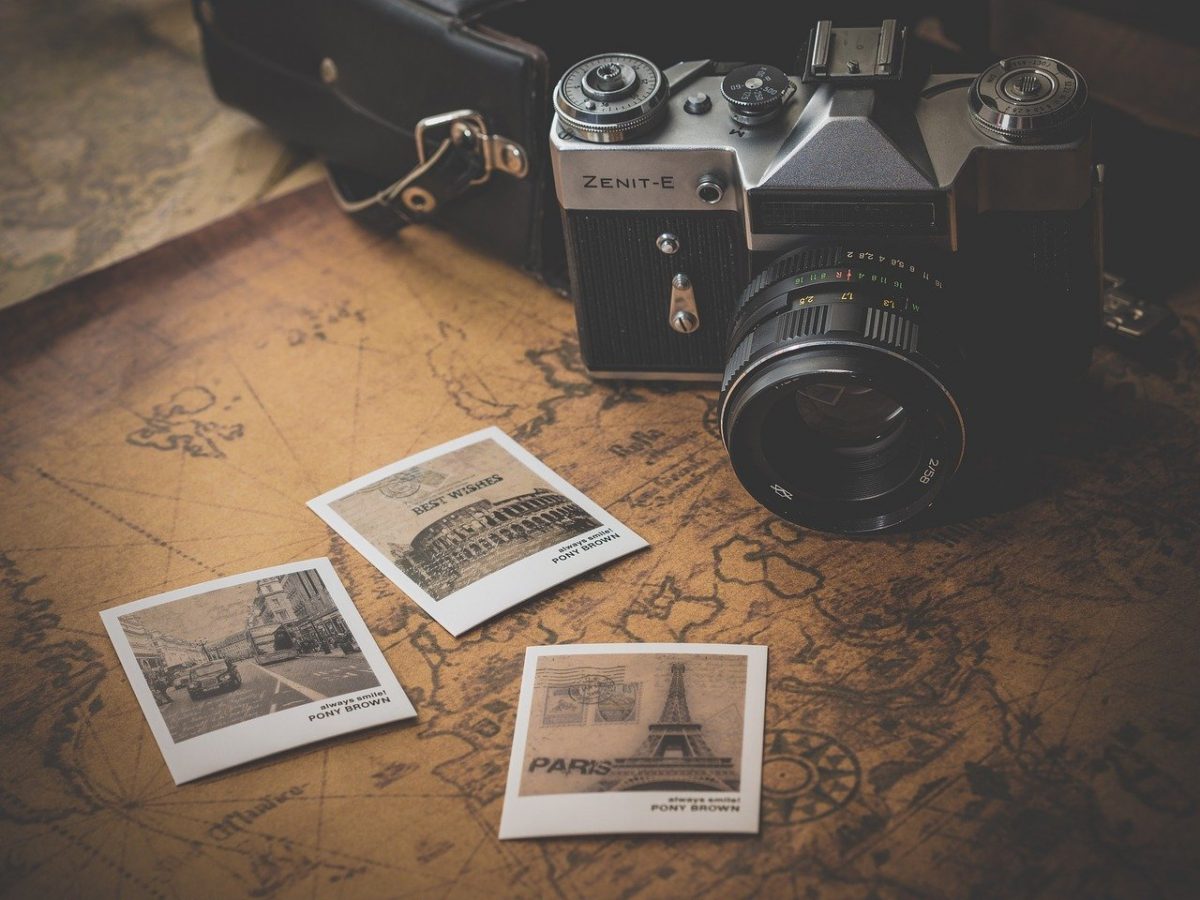Images play a pivotal role in the creation of compelling content, whether it’s a product page, a blog post, or just general site copy. They also play an important part in search engine optimization, contributing significantly to factors like navigability, readability, and load time. In some cases, they can even bring new traffic to your website.
“Although there aren’t exactly official numbers, Google stated that every day hundreds of millions of people use Google Images to discover and explore content on the web,” reads a piece on search engine marketing publication Search Engine Land. “About a year ago, Google updated the ‘View Image’ button from Image Search to ‘Visit [Page].’ As a result, analytics platforms began recording an increase in sessions specifically driven from image search and content visibility for the host pages increased (instead of random image files without context).”
Now that we’ve established the importance of images to overall SEO, let’s drill down into some specific advice about image optimization.
Formatting
Even if you’re reformatting images after uploading them to your site, overly-large image files can cause significant issues with load time. To that end, you’re going to want to ensure that any images you upload are smaller than 1 MB. There are a few ways you can achieve this.
- Reduce the image’s resolution. You do not need photos that are 5000 pixels wide and tall. In our experience, 800 pixels-1200 pixels is where you should be aiming.
- Use JPEG images instead of PNG images. The latter tend to be much larger than the former.
- Use an image editing file such as GIMP to slightly reduce an image’s quality. The dialog to do this pops up when you hit save, and you can generally cut the quality down to 80 percent before there’s any noticeable change.
Creativity
While stock photos certainly have an important role to play, many of the most common ones are by this point incredibly overused. As such, if you have the opportunity to use unique, branded imagery in place of stock imagery, do so. A good photographer or graphic designer may be well worth the cost given the unique flair their work can bring to your site.
Naming and Alt Text
One of the most frequently-ignored steps in image optimization involves file names and alt text. Each image you upload to your site should be descriptively-named and include at least one relevant keyword. Additionally, each image should include alt text that will display in the event that the image doesn’t load properly, something which tends to happen frequently on mobile devices.
As explained by SEO expert Moz, an image file’s alt text should be descriptive, but not overly long and stuffed with keywords. Moz also notes that accessibility isn’t the only reason alt text is important. It also helps search engines better understand and contextualize the images on your website.
It’s been said that a picture is worth a thousand words. Where SEO is concerned, that may well be true. Effective imagery is as much a part of optimizing your site as good copy and high-quality content.





